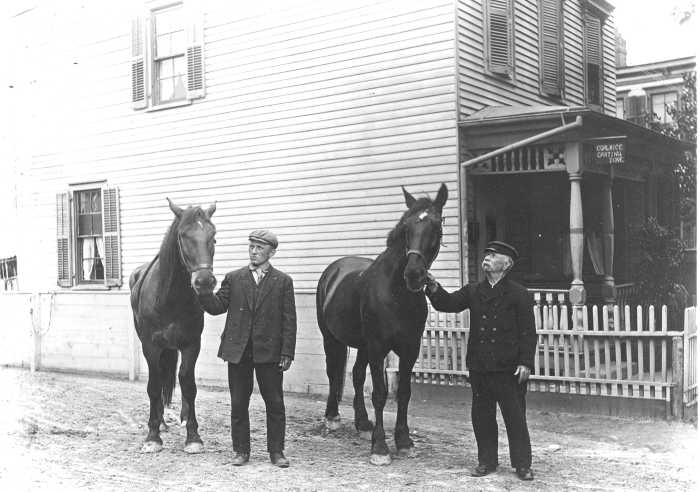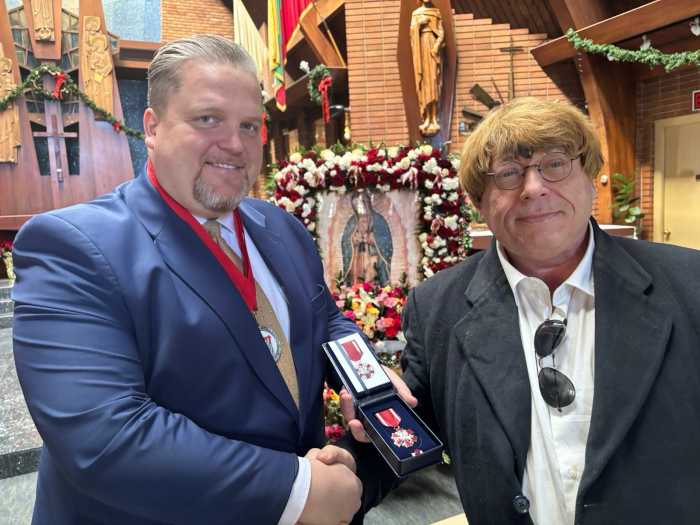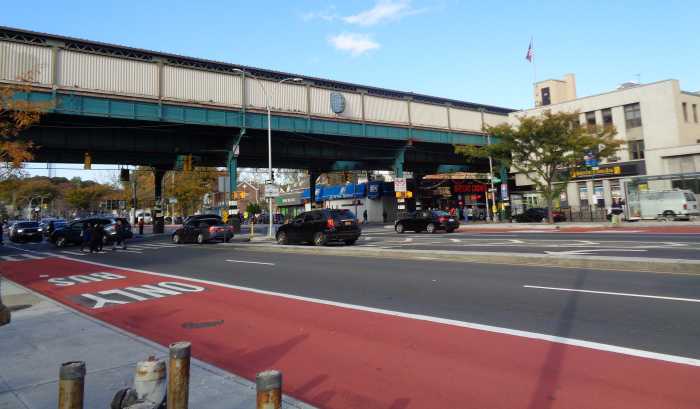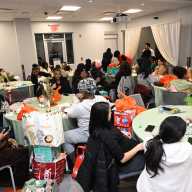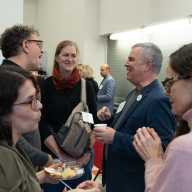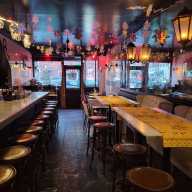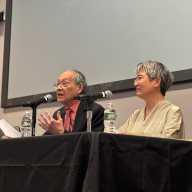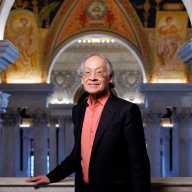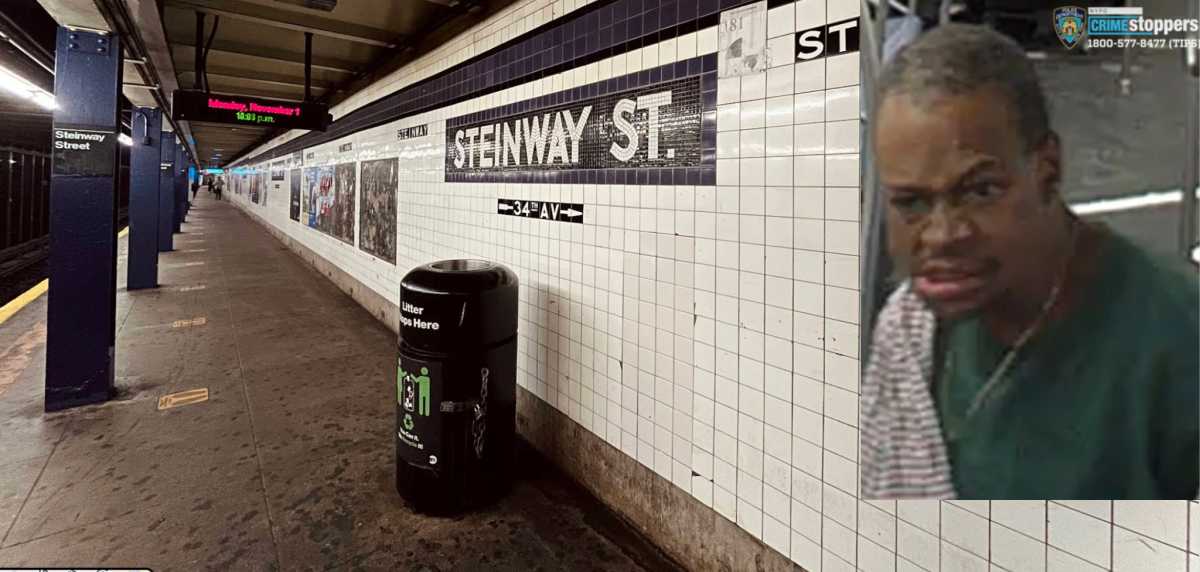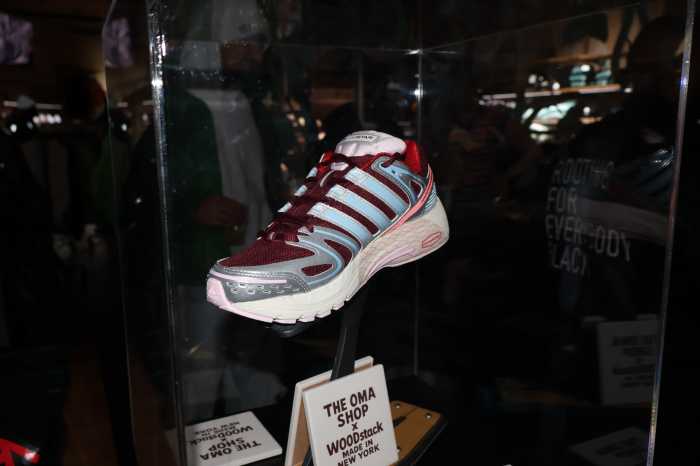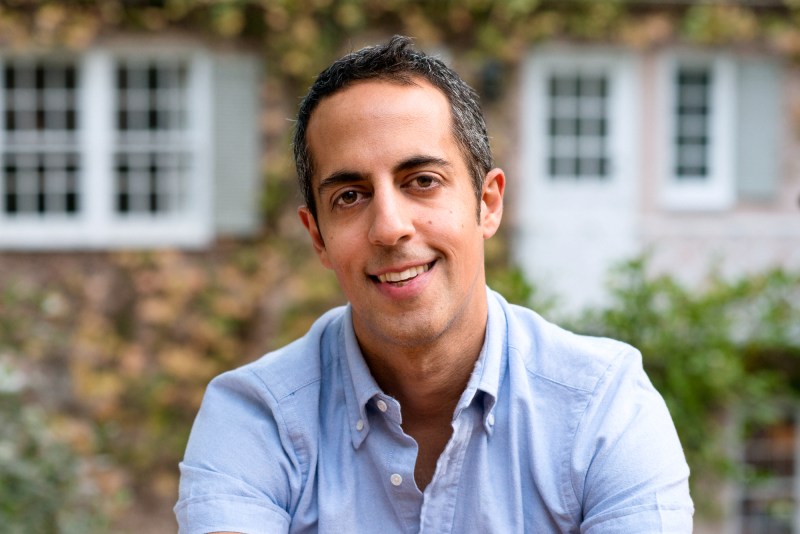Next year, Woodhaven and Ozone Park will mark two significant anniversaries, both centered around the legacy of one remarkable man: Florian Grosjean, an immigrant from Switzerland who helped shape the future of these Queens communities.
Born on Jan. 12, 1824, in the tiny Swiss village of Saule, home to just 149 people then (and only 147 today), Grosjean’s journey would take him to France, where he partnered with Charles LaLance. Grosjean emigrated to New York City in 1850 and launched a business importing French goods. But he soon realized that manufacturing those goods locally would be far more profitable.
He opened a factory in lower Manhattan, but as the business grew, he sought larger quarters. That search led him to Woodhaven Village, a small hamlet nestled in the rolling hills and farmland of Queens.
The village, located south of Atlantic Avenue and centered along what is now 95th Avenue in present-day Ozone Park, offered the space Grosjean needed. He purchased a failing chisel factory from John Sharp & Co. and transformed it into the LaLance & Grosjean Manufacturing Company.
The factory’s location near the Atlantic Avenue railroad proved vital, allowing for efficient transport of materials and goods. Under Grosjean’s leadership, the company flourished. By the mid-1860s, it employed over 300 workers, a remarkable figure for a village of just over 1,000 residents. The factory became the economic heart of Woodhaven, drawing families and workers to the area and helping the community thrive.
But in 1876, disaster struck. On Feb. 21, a fire broke out in the factory, fueled by vats of molten horse fat used in tin-plating. The wooden structure, saturated with grease, quickly became an inferno. Despite having its own volunteer fire department, the blaze consumed the entire complex. Grosjean’s losses were staggering, estimated at half a million dollars, a fortune at the time. With the factory gone, hundreds were suddenly unemployed, and many feared the town’s future was in jeopardy.
Yet Grosjean refused to let the community collapse. In a bold and compassionate move, he placed all his workers on half-salary during the rebuilding process to prevent them from leaving. Just six months later, in August, the factory reopened. Its new centerpiece was a grand stone clocktower, visible for miles, a symbol of resilience and hope.
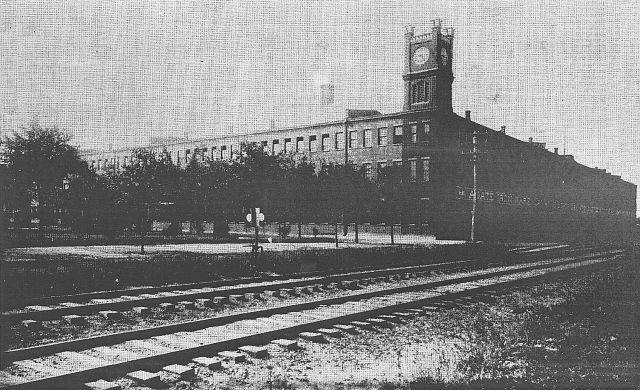
Next year will mark the sesquicentennial of the destruction of the original factory (and the near destruction of our communities). It will also mark the 150th anniversary of the rebuilding of the factory and our communities. Sadly, the clock in the tower no longer works and probably never will again.
Grosjean’s influence extended beyond business. He was deeply committed to the well-being of his workers and their families, ensuring they had places to worship. In 1869, he donated land at 84th Street and Atlantic Avenue for the creation of St. Joseph’s Catholic Mission. The church quickly grew, and in 1885, it was rebuilt and renamed St. Elizabeth’s, which remains one of the area’s most active parishes.
Following the fire, Grosjean funded the construction of a German Evangelical Church, laying its cornerstone in November 1879. Located on 92nd Street just south of 101st Avenue, the church was filled with factory workers every Sunday. Today, it continues to serve the community as the New Life Apostolic Church, 146 years later.
In January 1890, Grosjean built a church for his French-speaking workers. The French Evangelical Church was constructed on University Place (now 95th Avenue), just across Atlantic Avenue from Grosjean’s own mansion. It was dedicated to the memory of his son Alfred, who had tragically drowned while boating in Florida. That church, now known as the True Jesus Church, remains active 135 years later.
A special slideshow presentation exploring the life and legacy of Florian Grosjean, the Swiss immigrant who played a pivotal role in shaping the communities of Woodhaven and Ozone Park, will be held at the Queens Public Library at Woodhaven (85-41 Forest Pkwy.) on Thursday, Nov. 20, at 4:30 p.m. Hosted by the Woodhaven Cultural & Historical Society, the free event will highlight Grosjean’s remarkable journey from a small village in Switzerland to becoming a key figure in Queens history, founding major local institutions and helping transform a rural hamlet into a thriving industrial and residential community.


